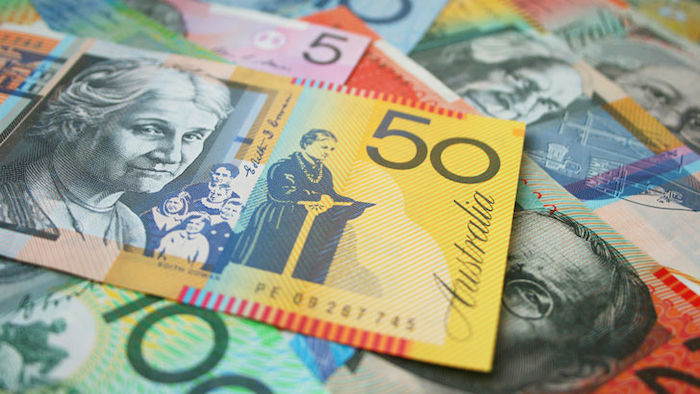Aussies need to earn $330k to feel rich
By Nicola Field
A new year, a fresh start - and five pieces of news you may have missed this week.
Parents set to spend $2 billion on back-to-school
The start of the school year is set to deliver a tough blow to household budgets.
Mums and dads are expected to spend a massive $2 billion kitting kids out for school. According to Commonwealth Bank research that works out to an average of $435 per family.
The most expensive item on the shopping list - faced by one in five parents, is new technology including laptops, with a price tag averaging $642.
Three in five Aussies say they wish they could spread the cost out over time, with the same proportion saying they plan to foot the bill using buy now, pay later or credit cards.
CommBank recommends easing the financial burden by finding out what your kids need brand new, and which items can be reused, purchased secondhand or borrowed.
Inflation soars to highest level since 2014
The consumer price index (CPI), which measures changes in the cost of goods and services, jumped 1.3% in the final quarter of 2021.
It saw core inflation increase to 2.6%, the highest since June 2014.
The figures fuel speculation that the Reserve Bank will hike interest rates this year.
The Reserve has consistently said it won't lift the cash rate until inflation is within its target range of 2-3%. And here we are. However, adding complexity to the mix, some prices are being pushed up by COVID-related supply chain issues.
The Reserve Bank holds its first rate meeting for 2022 on February 1, and it's a fair bet inflation will be high on the agenda.
Average Aussie needs $330,000 to feel rich
New research from Finder shows the average Australian needs to earn an annual salary of $326,900 to feel rich. One in four of us wouldn't consider ourselves affluent unless we earn at least $500,000.
Gen X need the most money to feel rich ($354,100), while Generation Z need a little less at $286,964.
Sadly, for many of us, those numbers are a long way from reality. According to Finder, the median personal income is $49,805 - seven times the $326,900 sweetspot to see ourselves as wealthy.
Kate Browne, personal finance expert at Finder, said constantly longing for more money can be a dangerous game.
"The reality is that the typical middle-class Australian is actually earning a $50,000 salary. If you are fortunate enough to earn more than the median wage, it's a good reminder that you are already ahead. It can be tempting to keep striving for more, but it's also important to truly enjoy your work."
Not such a happy new year for Bitcoin
Bitcoin started 2022 valued at just under $AUD64,000 but it's been far from a prosperous new year so far.
The world's best-known cryptocurrency dropped to below $AUD49,000 on January 25 - a fall of almost 50% from its November 2021 peak of $AUD90,750.
Cryptocurrencies have always grabbed headlines with their wild volatility. Part of this is because traditional asset markets like sharemarkets have circuit breakers including trading halts that can prevent markets going into freefall. That's not the case with crypotcurrencies. There are hundreds of crypto markets, meaning it's not feasible to have these protections in place.
While bitcoin has a history of volatility, the drop in value this time around was partly fuelled by a proposal from Russia's central bank to ban the use and mining of cryptocurrencies on Russian territory. It cited threats to financial stability, citizens' wellbeing and its monetary policy sovereignty as key reasons behind the idea.
Russia gave crypotcurrencies legal status in 2020 but has banned their use as a means of payment, arguing they could be used in money laundering or to finance terrorism.
Russia is the world's third-largest player in bitcoin mining, behind the United States and Kazakhstan.
Health cover to rise... again
In case you missed the news, December saw the announcement that health insurance premiums will increase by an industry average of 2.70% from April 1, 2022.
While this is the smallest increase in the last 21 years, it still means an extra $58.24 annually for singles and $135.52 for couples.
It's worth highlighting that 2.70% is the industry average. Depending on your fund, premiums could climb anywhere from 1.16% to 5.33% according to Comparethemarket.
It makes now the time to start reviewing your health cover. It's possible to avoid this year's rate hike by prepaying 12 months of cover in advance. But this will only delay the pain to your hip pocket as prices will almost inevitably rise again in April 2022.
If you're chasing a better deal, the privatehealth.gov.au website offers an easy way to compare policies and premiums.
Get stories like this in our newsletters.



